How to hook up Wi-Fi to generator?
Adding Wi-Fi connectivity to your generator is one of the most effective ways to achieve modern remote monitoring and control. This functionality allows you to start, stop, and monitor your equipment from anywhere using a smartphone or computer. A remote control diesel generator with Wi-Fi capability enhances operational efficiency, improves response times during outages, and provides valuable insights into performance data.

Connection Process Overview
Connecting your generator to Wi-Fi typically involves the following steps:
Check Compatibility: Ensure your generator has a compatible controller that supports Wi-Fi connectivity. Most modern generators come with pre-installed communication ports.
Acquire the Right Equipment: Purchase a manufacturer-approved Wi-Fi adapter module specifically designed for your generator model.
Install the Hardware: With the generator powered off, install the Wi-Fi module into the designated communication port on the control panel.
Connect to Network: Power the generator back on and use the control panel interface or a dedicated app to connect the module to your local Wi-Fi network.
Configure Remote Access: Download the manufacturer's mobile app or access the web portal, then follow the setup instructions to register your device and establish remote connection.
A properly configured remote control diesel generator system will provide real-time data on fuel levels, running status, maintenance alerts, and power output.
Important Considerations
Before and during the installation process, keep these critical factors in mind:
Network Security: Ensure your Wi-Fi network is secure with strong encryption (WPA2 or WPA3) to prevent unauthorized access to your generator controls.
Signal Strength: Verify that your generator's location has adequate Wi-Fi signal strength for reliable communication.
Professional Installation: While some systems are designed for DIY installation, complex setups may require professional assistance to ensure proper configuration and avoid voiding warranties.
Compatibility Issues: Use only manufacturer-approved accessories and components to ensure compatibility and maintain safety certifications.
A well-installed remote control diesel generator system provides both convenience and peace of mind, but proper setup is essential for optimal performance.
Troubleshooting Common Issues
Even with proper installation, you might encounter some challenges:
Connection Drops: If the generator frequently disconnects from Wi-Fi, check signal strength at the installation location and consider adding a Wi-Fi extender if needed.
Unable to Connect: Verify that you're using the correct login credentials for your Wi-Fi network and that the network is operating properly.
App Not Communicating: Ensure both the mobile app and generator firmware are updated to the latest versions.
False Alarms: Sometimes network latency can cause delayed notifications or false alerts. Check your internet connection stability.
If problems persist with your remote control diesel generator system, consult the manufacturer's troubleshooting guide or contact technical support.
Conclusion
Adding Wi-Fi connectivity to your generator transforms it into a smart, connected asset that can be managed from anywhere in the world. While the process is straightforward for many modern systems, paying attention to compatibility, security, and proper installation is crucial for reliable operation.
At JLMECH, we combine extensive expertise in power generation with an unwavering commitment to quality and innovation. Our team specializes in integrating advanced remote monitoring technology into our generators, ensuring seamless connectivity and reliable performance.
Our experts can help you select and configure the perfect remote monitoring solution for your needs. Email us at skala@whjlmech.com to learn more about our connected generator solutions and professional installation services.
References
International Electrotechnical Commission. (2020). *IEC 62443: Industrial communication networks - Network and system security*.
National Fire Protection Association. (2021). NFPA 110: Standard for Emergency and Standby Power Systems.
Johnson, M. (2022). Emergency Power Systems: A Comprehensive Guide to High-Speed Diesel Generators. Power Engineering Quarterly, 45(3), 78-92.
IEEE Standards Association. (2019). IEEE 802.11: Wireless LAN Medium Access Control (MAC) and Physical Layer (PHY) Specifications.
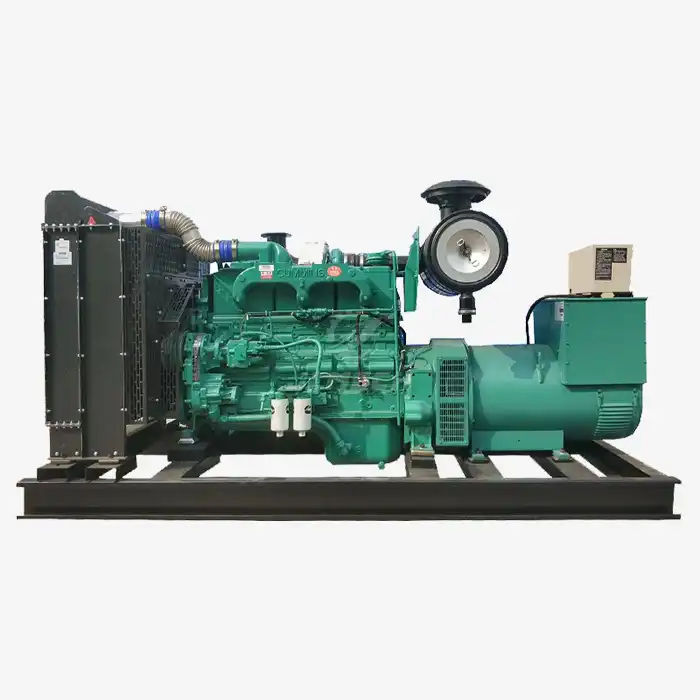 VIEW MORE150kW diesel unit
VIEW MORE150kW diesel unit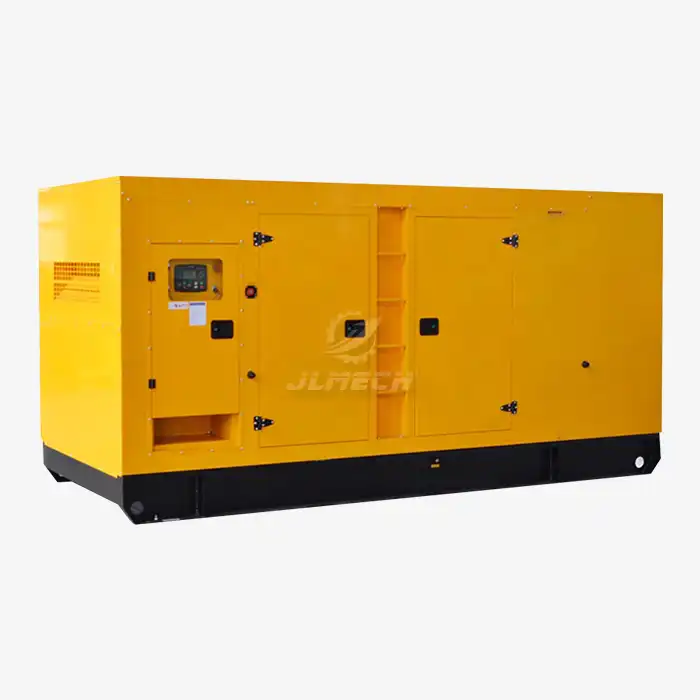 VIEW MORELow noise diesel set
VIEW MORELow noise diesel set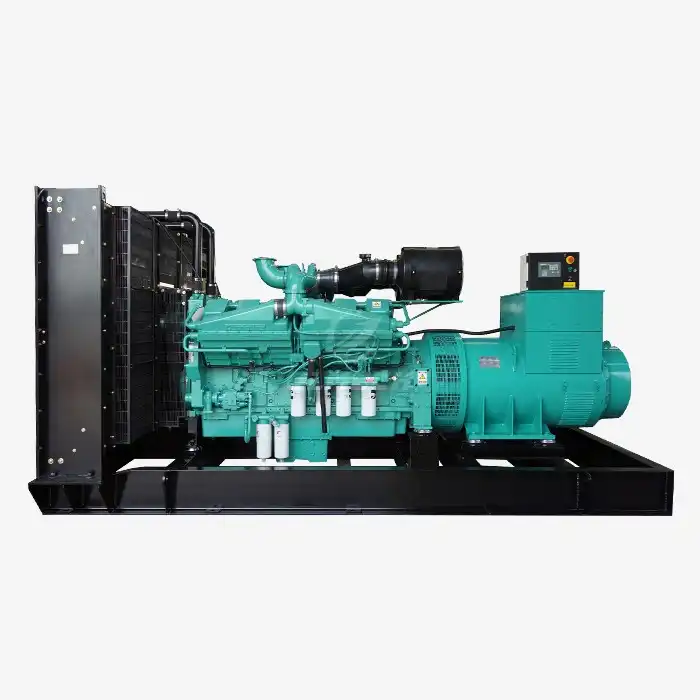 VIEW MORE2 Years warranty time diesel generator
VIEW MORE2 Years warranty time diesel generator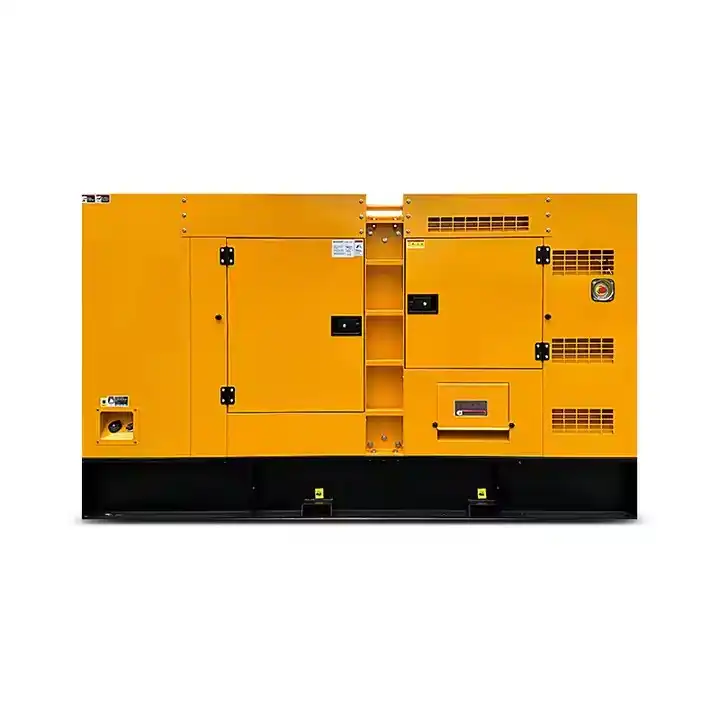 VIEW MOREDiesel Power Generator
VIEW MOREDiesel Power Generator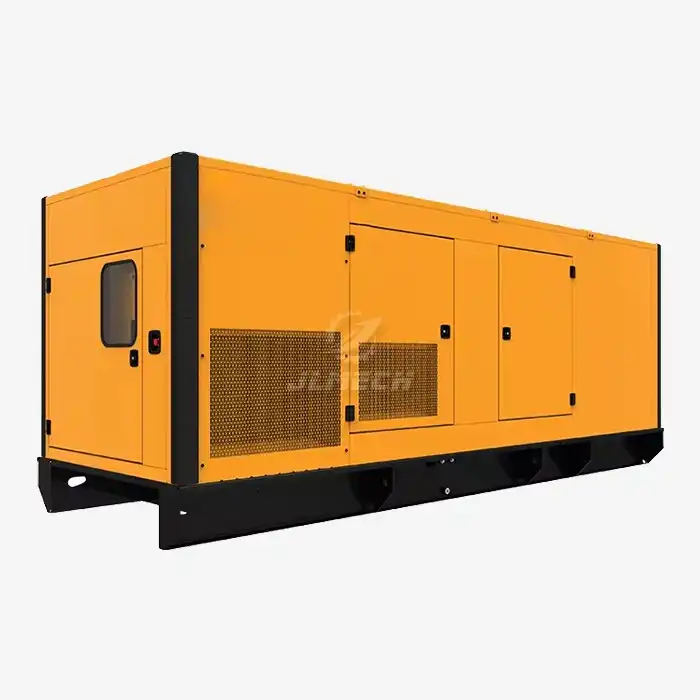 VIEW MOREMaximum power 3000KW generator
VIEW MOREMaximum power 3000KW generator VIEW MOREpower plants diesel generator water cooled silent
VIEW MOREpower plants diesel generator water cooled silent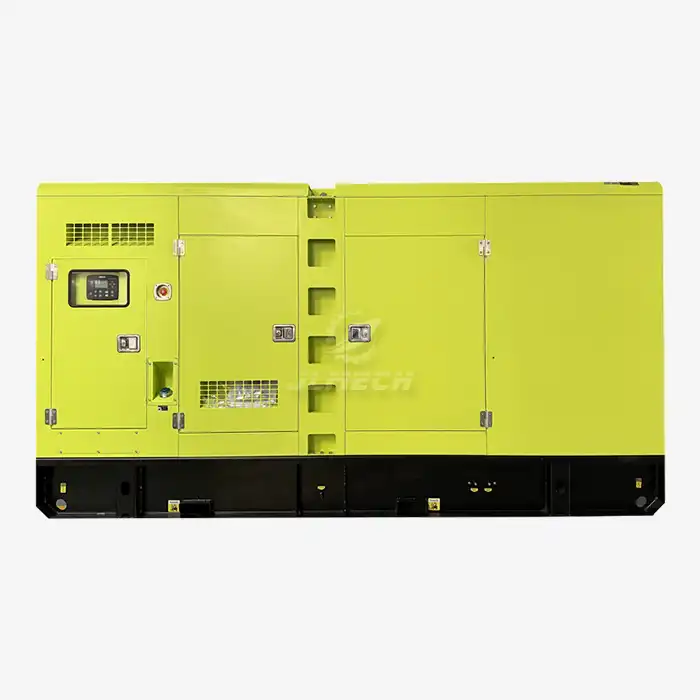 VIEW MORE220v 50hz super silent diesel generator set
VIEW MORE220v 50hz super silent diesel generator set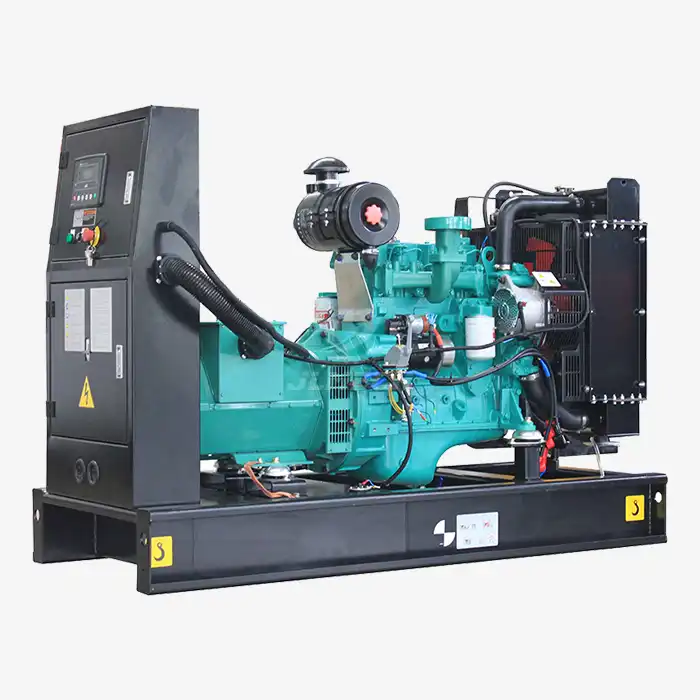 VIEW MOREdiesel generator with ats
VIEW MOREdiesel generator with ats



